Bagan: The first unified polity of the Burmese heartland
The city of Bagan, located in the heart of the Irrawaddy River plain in present-day Myanmar, flourished as a major political and religious center from the 9th to the 13th centuries CE. Under the leadership of King Anawrahta and his successors, Bagan emerged as the first unified polity of the Burmese heartland and developed into one of the most significant centers of Buddhist state formation in premodern Southeast Asia. At its height, the Bagan plain was home to thousands of temples, stupas, and monasteries, forming a monumental landscape that reflected both royal ambition and religious devotion

Areal view of Bagan, Myanmar, showing the temples and stupas that dot the landscape. Source: Wikimedia Commonsꜛ (license: CC BY-SA 2.0)
Bagan played a pivotal role in the promotion and institutionalization of Theravāda Buddhism, especially following the kingdom’s adoption of the Pāli Canon and its alignment with Sri Lankan and Mon traditions. Its monasteries became centers of education, scriptural preservation, and religious administration, facilitating the expansion of Theravāda orthodoxy across mainland Southeast Asia. The city’s architectural innovations and ritual spaces offer a unique lens through which to explore the intersections of kingship, religious ideology, and artistic expression.
In this post, we examine Bagan’s political consolidation, religious patronage, architectural forms, urban design, and transregional networks. We will analyze the ways in which Bagan’s rulers utilized monumental architecture and artistic production to assert their authority and legitimize their rule. We will also consider the role of the saṅgha (monastic community) in shaping the religious landscape of Bagan, as well as the city’s connections to broader Buddhist traditions across Asia.
Historical and political background
Bagan’s history is marked by a series of political transformations, territorial expansions, and cultural exchanges that shaped its identity as a center of Buddhist civilization.
Origins and rise of Bagan
The origins of Bagan can be traced to early settlement activity in the dry zone of Upper Myanmar, where communities had established agricultural villages along the Irrawaddy River by the early centuries CE. These settlements gradually coalesced into a more centralized polity during the 8th and 9th centuries, though the historical record for this period remains fragmentary. Bagan’s rise to prominence is typically dated to the reign of King Anawrahta (r. 1044–1077), who succeeded in consolidating disparate chiefdoms and establishing Bagan as the nucleus of a unified Burmese kingdom.

Bagan Empire c. 1210. Source: Wikimedia Commonsꜛ (license: CC BY-SA 3.0)
Anawrahta’s military campaigns extended his control over the Chindwin and Sittoung valleys, while his administrative reforms laid the foundation for centralized governance. This political consolidation was accompanied by the growth of a royal cult and the development of a court-centered ideology that linked kingship with Buddhist merit-making. Under his successors, Bagan experienced further territorial expansion and economic integration, allowing the city to accumulate the resources necessary for large-scale temple construction and monastic endowment.
Sources and historiographical challenges
Our understanding of Bagan’s political and religious history is shaped by a complex array of epigraphic, archaeological, and literary sources — each with its own limitations. Hundreds of stone inscriptions in Old Burmese, Pāli, and Mon languages survive from the 11th to 13th centuries, detailing royal donations, land grants, and temple dedications. These texts are crucial for reconstructing the development of religious institutions and royal policies, though they often idealize rulers and omit military or political failures.
Chronicles such as the Glass Palace Chronicle (Hmannan Yazawin) provide narrative accounts of Bagan’s kings and religious foundations, but were compiled centuries after the events they describe. As such, they must be treated critically, especially when evaluating legendary figures like Anawrahta and the supposed conquest of Thaton.

The original Bupaya seen here in 1868 was completely destroyed by the 1975 earthquake. A new gilded pagoda in the original shape has been rebuilt. Source: Wikimedia Commonsꜛ (license: public domain)
Archaeological evidence, including temple architecture, mural art, and urban layout, offers valuable material data, but issues of dating remain. Many temples were modified over time, and some were restored in modern periods, complicating efforts to establish a clear chronological sequence. Gaps in the material and textual record, particularly for the early phases of Bagan’s rise, pose ongoing challenges for scholars attempting to reconstruct the city’s historical trajectory with precision.
Religious patronage and the role of the monarchy
Bagan’s political consolidation was closely intertwined with the promotion of Theravāda Buddhism, which became a central element of royal ideology and statecraft. The relationship between the monarchy and the saṅgha (monastic community) was characterized by mutual support, where kings provided patronage to monasteries in exchange for religious legitimacy and moral authority.
Anawrahta and the establishment of Theravāda Buddhism
King Anawrahta’s reign marked a transformative period in the religious landscape of Myanmar. Traditionally credited with converting Bagan from a syncretic mix of Mahāyāna, Brahmanical, and local traditions to Theravāda Buddhism, Anawrahta’s religious shift was deeply political. The narrative of his conquest of Thaton — a Mon kingdom in Lower Myanmar — although debated in its historicity, remains central to local tradition. According to Burmese chronicles, Anawrahta brought back Mon monks, scriptures, and relics from Thaton, introducing the Pāli Canon and standardizing Theravāda orthodoxy at the royal court.
This transition was not merely doctrinal but institutional. Anawrahta initiated reforms aimed at regulating monastic conduct and aligning the saṅgha more closely with state priorities. By promoting the study of the Pāli texts and reinforcing the role of monasteries as centers of moral instruction and social welfare, he embedded the monastic institution into the ideological framework of the Burmese kingdom. The establishment of the Shwezigon Pagoda as a royal reliquary symbolized this convergence of kingship and Buddhist merit-making.
Patronage, donative inscriptions, and temple construction
The Bagan period is distinguished by an extraordinary outpouring of religious architecture, supported by royal, aristocratic, and lay patronage. Kings and members of the court financed the construction of large temples and stūpas as acts of merit and public piety. The aristocracy followed suit, sponsoring smaller shrines, scriptoria, and monastic facilities. These acts were recorded in extensive donative inscriptions carved in stone or inscribed on palm-leaf manuscripts, detailing the land grants, tax exemptions, and endowments provided to religious institutions.
These inscriptions offer insight into the legal and economic frameworks that sustained the saṅgha. Monasteries held significant tracts of land and employed large labor forces, which were often regulated through charters issued by the royal court. Such documents outlined the rights of monastic communities, including their autonomy in managing temple revenues and conducting ritual activities. This patronage system not only legitimized royal authority through religious merit but also established a lasting institutional structure that would shape Burmese Buddhism for centuries.
Architecture and artistic traditions
The architectural and artistic achievements of Bagan are among the most significant legacies of the period. The city is renowned for its monumental temples, stūpas, and monastic complexes, which reflect a synthesis of indigenous and imported styles. The architectural forms and decorative programs developed during this period had a profound influence on subsequent Buddhist art and architecture in Myanmar and beyond.
Monumental temples and stūpas
Bagan’s most striking legacy lies in its immense architectural landscape, with over 2,000 surviving religious structures spread across the river plain. Among these, a number of monumental temples and stūpas stand out for their historical significance, architectural complexity, and religious symbolism. The Shwezigon Pagoda, begun under Anawrahta and completed by Kyansittha, is among the earliest examples of the standardized Burmese stūpa form: a solid, bell-shaped dome atop a series of square terraces, enshrining sacred relics and oriented toward royal and cosmic symbolism. It established the canonical form for many later pagodas across Myanmar.
Dhamma Yazaka Pagoda, Bagan, Myanmar. Source: Wikimedia Commonsꜛ (license: public domain)
The Ananda Temple, built in the early 12th century, is notable for its cruciform layout, massive scale, and sophisticated architectural balance. Containing four standing Buddha images facing the cardinal directions, its interior plan echoes mandalic design principles and accommodates circumambulatory movement. In contrast, the Dhammayangyi Temple, often associated with King Narathu, is the largest and most enigmatic of Bagan’s structures. Despite its incomplete interior and murky historical record, it is revered for the precision of its brickwork, representing the zenith of technical masonry during the Bagan period.

Mingalazedi temple, Bagan, Myanmar. Source: Wikimedia Commonsꜛ (license: CC BY-SA 3.0)
These monumental structures served not only as devotional sites but also as public declarations of royal merit, cosmological order, and institutional power. Their placement, design, and inscriptions reveal a careful coordination between religious ideology, political legitimacy, and spatial hierarchy.

Dhammayangyi (Dhammayan) Temple, the largest of all the temples in Bagan, Myanmar. Today, the temple is a UNESCO World Heritage Site. Source: Wikimedia Commonsꜛ (license: CC BY-SA 4.0)
Murals, sculpture, and manuscripts
The artistic programs within Bagan’s temples provide rich visual narratives that complemented the architectural space and served didactic functions. Murals from the 11th to 13th centuries adorn many temple interiors, depicting scenes from the Jātakas (past lives of the Buddha), episodes from the Buddha’s final life, cosmological diagrams, and donor portraits. These painted narratives were meant to instruct viewers in Buddhist ethics and reinforce royal or lay patronage.
‘Rosetta Stone of Burma’ with inscriptions in four languages: Pyu, Old Mon, Old Burmese and Pāli. Source: Wikimedia Commonsꜛ (license: public domain)
Sculptural traditions flourished alongside mural art. Temples housed seated and standing Buddha images in stucco, sandstone, or bronze, often placed in niches or sanctuaries and shaped according to distinct iconographic conventions. Variations in mudrā (hand gesture), posture, and attire reflect both doctrinal themes and regional stylistic influences from India and Sri Lanka.

Buddha statutes inside the Dhammayangyi, Bagan, Myanmar. Source: Wikimedia Commonsꜛ (license: CC BY-SA 3.0)
The period also saw the flourishing of manuscript production, particularly palm-leaf manuscripts inscribed in Pāli and vernacular Burmese. These texts, often housed in monastic libraries, were illuminated with intricate script and decorative motifs, reflecting the intersection of religious scholarship and visual culture. Collectively, Bagan’s art and architecture established a Buddhist visual vocabulary that would influence the aesthetics of mainland Southeast Asia for generations.
Intellectual and transregional context
In addition to its architectural and artistic achievements, Bagan played a crucial role in the intellectual and transregional context of Buddhism. The city’s monastic institutions became centers of learning, scriptural preservation, and doctrinal development, contributing to the broader Theravāda tradition.
Textual traditions and scholarly exchange
Bagan developed into a center of Buddhist learning and textual transmission, supported by its expansive monastic institutions and the state’s patronage of scriptural study. Monks in Bagan engaged in Pāli scholasticism, working to preserve and comment on canonical texts and to ensure doctrinal consistency across the monastic community. The importation of texts and manuscripts from Mon territories and Sri Lanka provided the foundation for this scholarly activity, especially following Anawrahta’s adoption of Theravāda Buddhism.
Monasteries operated as educational hubs, where novices were trained in recitation, grammar, and scriptural exegesis. Evidence from palm-leaf manuscripts and epigraphic records indicates a lively intellectual culture, including the copying, translating, and glossing of Pāli scriptures. This transmission of texts and commentarial traditions contributed to the standardization of Theravāda orthodoxy in Upper Myanmar and its dissemination to the broader region.
Regional connections
Bagan’s prominence in the Buddhist world was reinforced by its active participation in regional and transregional religious networks. It maintained sustained religious contact with Sri Lanka, which was then a leading center of Theravāda Buddhism. This relationship was marked by exchanges of monks, relics, and texts, and it served to reinforce Bagan’s legitimacy as a guardian of orthodox teachings.
Cultural and doctrinal ties also extended to neighboring polities in mainland Southeast Asia, including the Khmer Empire and polities in Thailand. Bagan’s influence on temple architecture, monastic organization, and Buddhist iconography can be seen in contemporary and later sites throughout the region. In turn, it absorbed artistic and ritual elements from these regions, contributing to a dynamic circulation of religious forms.
Through these connections, Bagan became a crucial node in a wider Buddhist ecumene. It was not only a recipient of religious influence but also a transmitter of texts, styles, and practices that shaped the development of Theravāda Buddhism across Southeast Asia.
Decline, transformation, and legacy
As Bagan reached its zenith in the 12th century, it faced a series of challenges that would ultimately lead to its decline. The political fragmentation of the region, coupled with external pressures, marked the beginning of a transformative period for Bagan and its religious landscape.
Mongol incursion and political fragmentation
The decline of Bagan began in the late 13th century, catalyzed by both internal challenges and external pressures. One of the most consequential events was the Mongol incursion into Southeast Asia under the Yuan dynasty of China. In 1277, Bagan forces clashed with Mongol troops at the Battle of Ngasaunggyan, followed by further Mongol military pressure. By 1287, the Bagan dynasty had effectively collapsed, and although the city itself was not destroyed, centralized royal authority disintegrated.
The collapse of the Bagan dynasty ushered in a period of political fragmentation in Upper Myanmar. Local rulers and regional warlords gained autonomy, and no single polity was able to reestablish the scale or stability of Bagan’s political structure for centuries. Despite the end of centralized rule, the city retained cultural and religious relevance, and many of its temples continued to be used and maintained.
Continued religious use and symbolic importance
While Bagan ceased to function as a political capital after the 13th century, its religious landscape remained active. Many temples continued to serve as sites of worship, ritual practice, and pilgrimage. Monastic communities adapted to changing political conditions and maintained a presence within the sacred space. Periodic repairs and refurbishments of major structures occurred throughout the following centuries, often sponsored by local elites or regional rulers.
In the modern era, Bagan has regained visibility as both a national heritage site and an international symbol of Myanmar’s Buddhist identity. The site has been the focus of major conservation efforts, particularly after being designated a UNESCO World Heritage Site in 2019. Efforts have included archaeological research, preservation of mural paintings, and structural stabilization of temples.
Bagan also continues to function as a living religious site. Annual festivals, particularly at major temples such as Ananda and Shwezigon, attract thousands of pilgrims. Monks and laypeople alike still perform ritual offerings, meditation retreats, and commemorative ceremonies throughout the Bagan plain. In this way, Bagan represents not only an architectural legacy but also a continuous thread of religious practice and cultural memory.
Conclusion
Bagan stands as one of the most remarkable centers of Buddhist statecraft and monumental architecture in the premodern world. Its success lay in the integration of royal authority, religious ideology, and artistic expression into a coherent cultural and political system. By embedding Theravāda Buddhism into the foundations of state formation, the rulers of Bagan created a landscape that served both as a seat of governance and a field of merit-making. The thousands of temples and stūpas that still dot the Irrawaddy plain are enduring symbols of this fusion.
Bagan’s legacy is not limited to its visual grandeur. The city functioned as a doctrinal and textual center, a node in transregional Buddhist exchange, and a prototype of religious urbanism in mainland Southeast Asia. Its models of monastic organization, artistic production, and scriptural transmission helped shape the development of Theravāda Buddhism far beyond Myanmar’s borders.
Even after the fall of the Bagan dynasty, the city’s sacred landscape retained ritual vitality and symbolic resonance. Today, Bagan continues to inspire scholarly inquiry, spiritual pilgrimage, and national pride — underscoring the enduring relevance of its material and intellectual achievements.
References and further reading
- Aung-Thwin, Michael A., Pagan: The origins of modern Burma, 1985, University of Hawaii Press, ISBN: 978-0824809607
- Stadtner, Donald M., Ancient Pagan: Buddhist plain of merit, 2013, River Books, ISBN: 978-6167339320
- Luce, Gordon H., Old Burma — Early Pagan, 1969, Artibus Asiae and the Institute of Fine Arts, New York University
- Cooler, Richard M., The art and culture of Burma: An annotated bibliography, 1995, Center for Southeast Asian Studies, Northern Illinois University, online at seasite.niu.eduꜛ.
- Stadtner, Donald M. (ed.), Buddhist art of Myanmar, 2015, Asia Society Museum and Yale University Press, ISBN: 978-0300209457
- Aung-Thwin, Maitrii, A history of Myanmar since ancient times: Traditions and transformations, 2013, Reaktion Books, ISBN: 978-1780231723


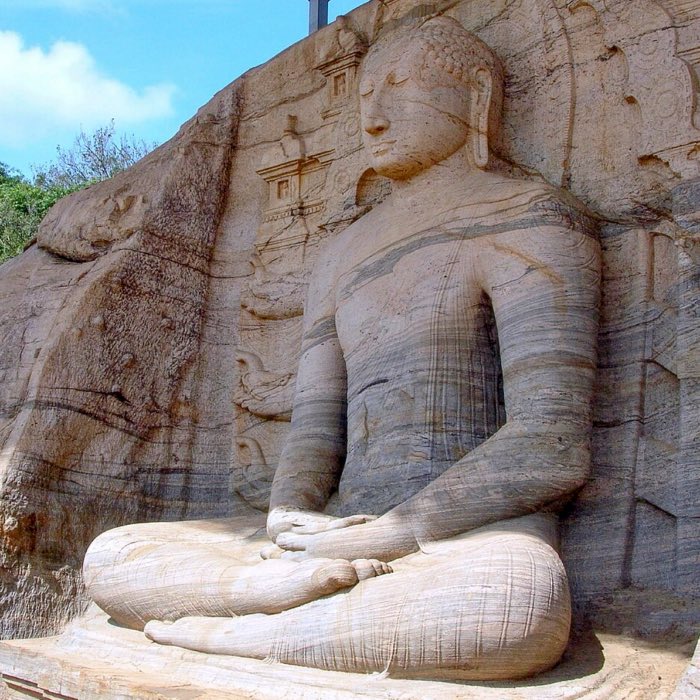
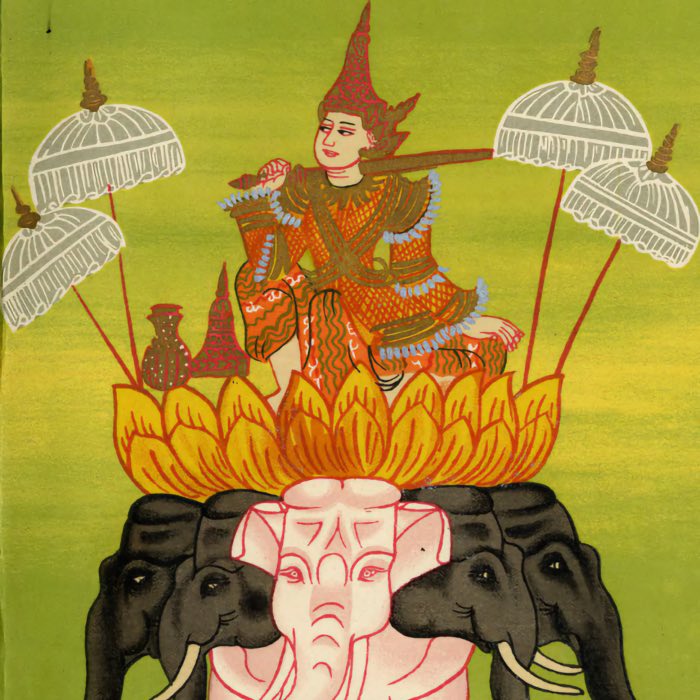
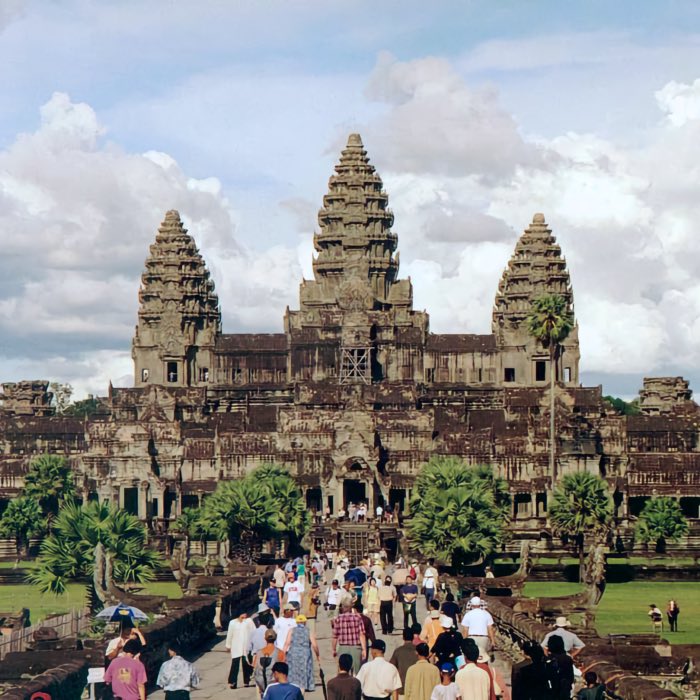
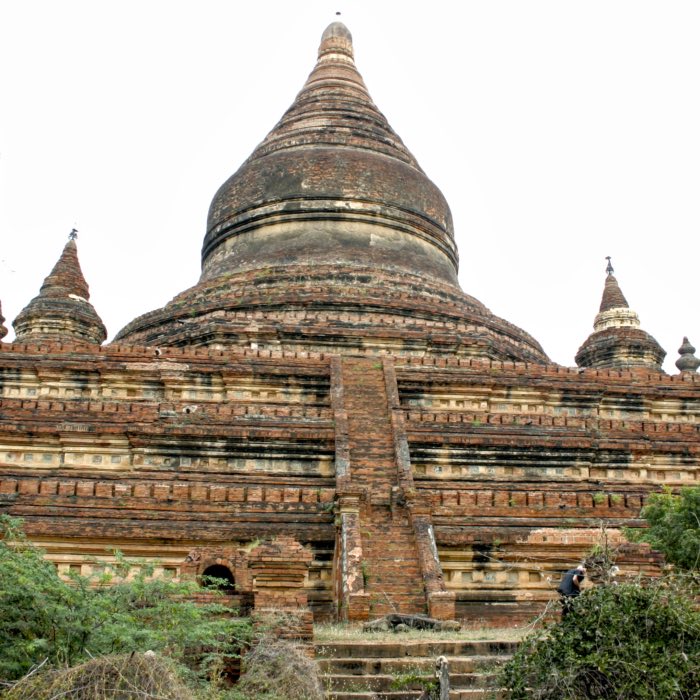
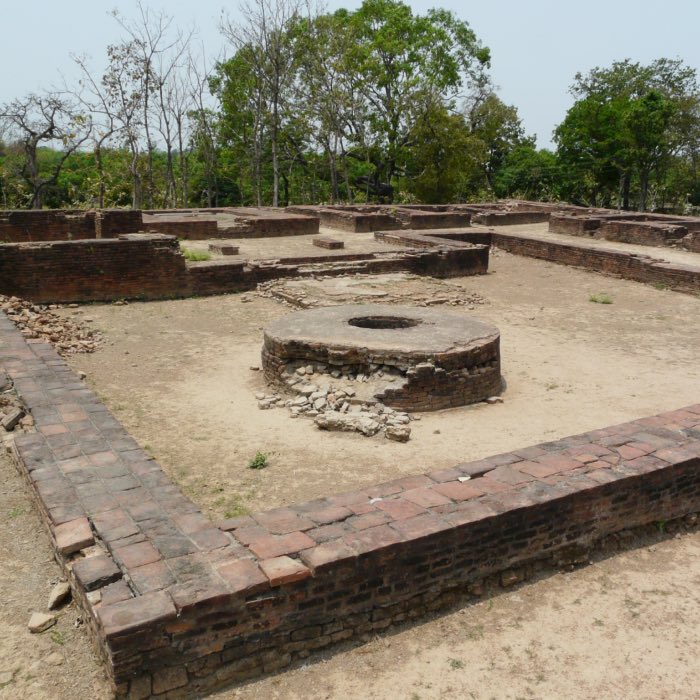
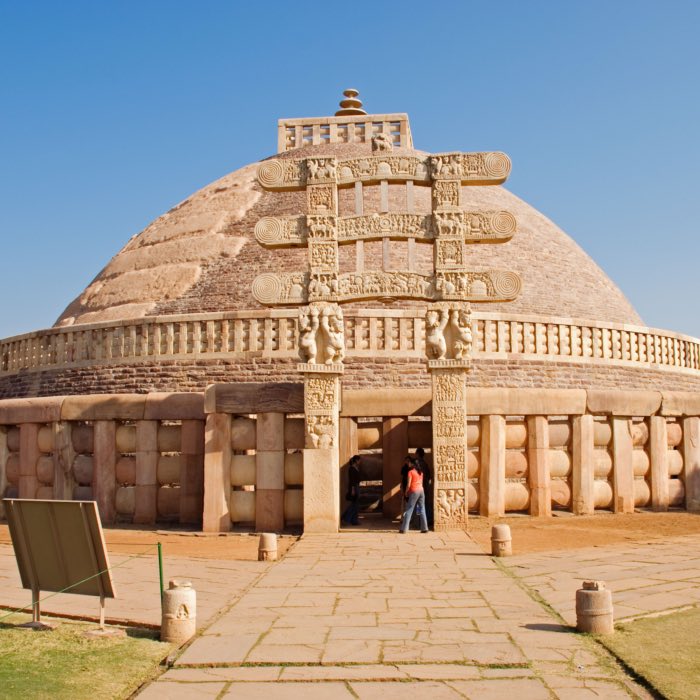
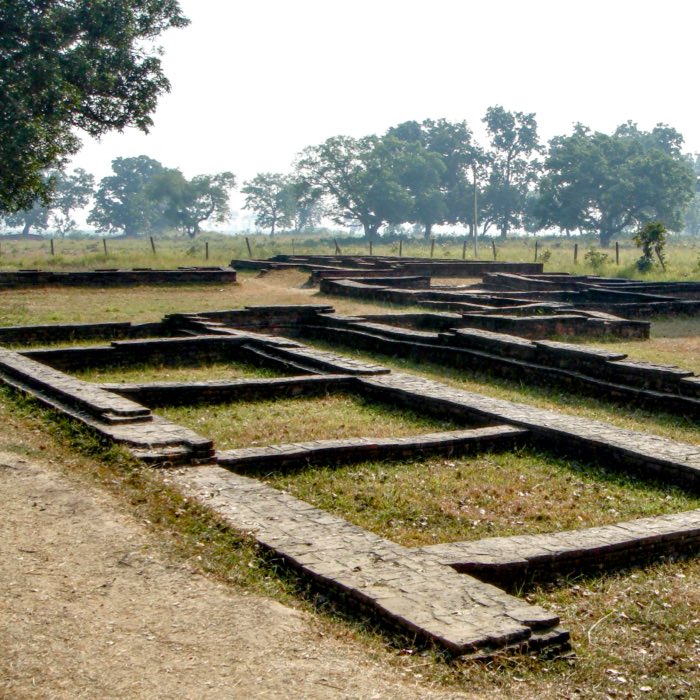
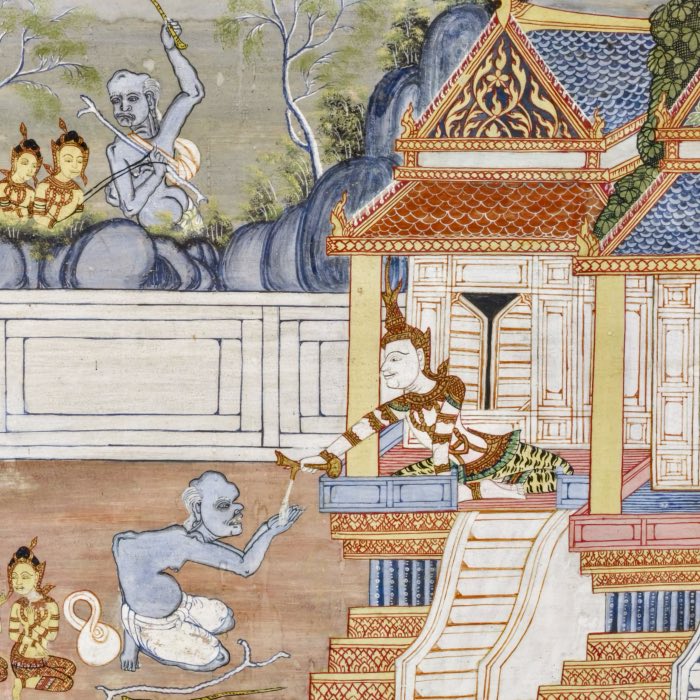
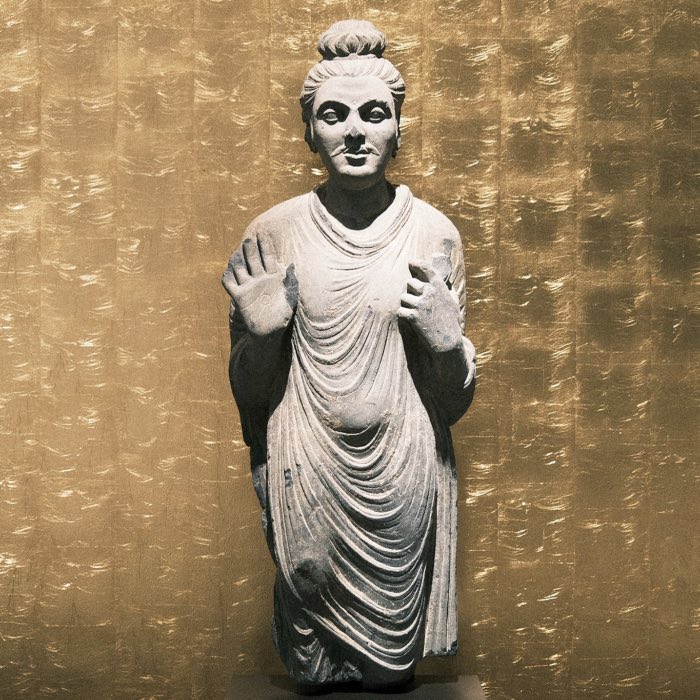
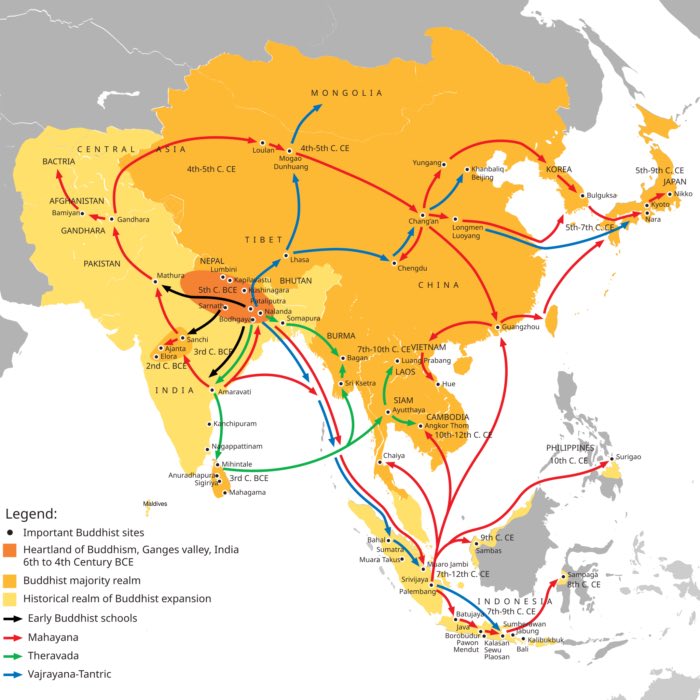
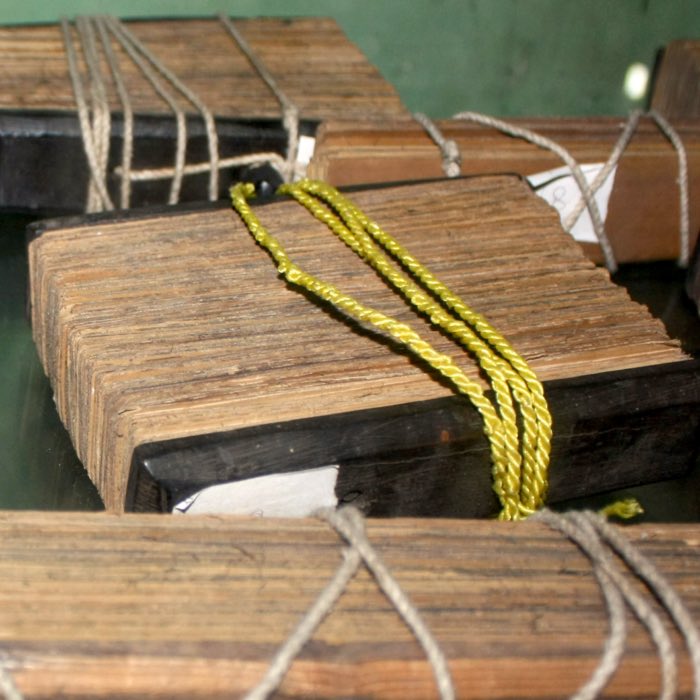
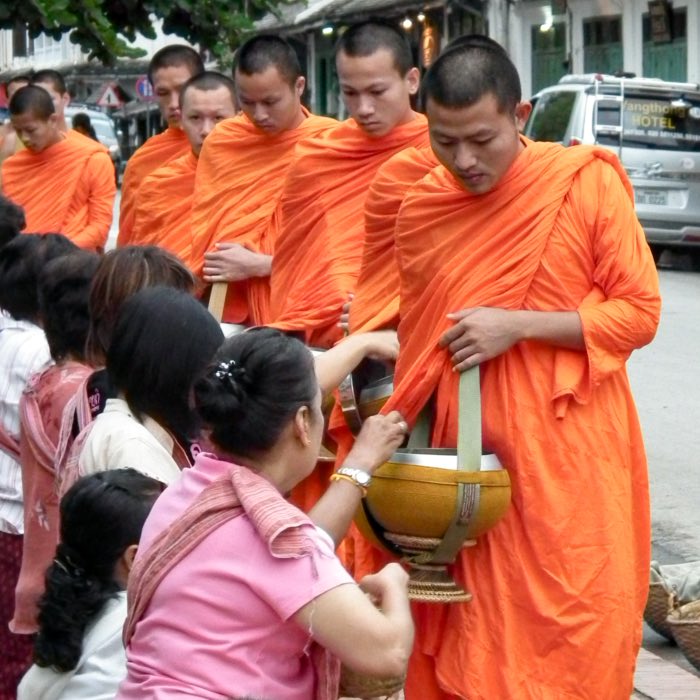
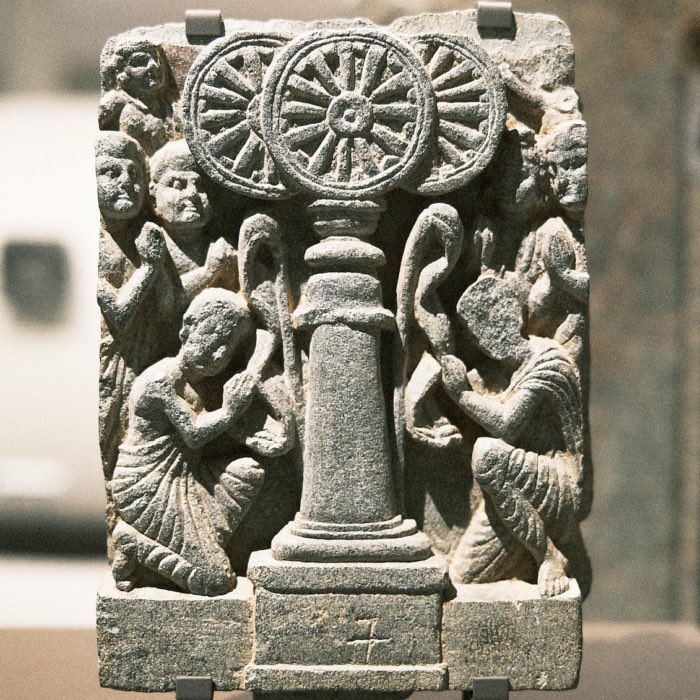
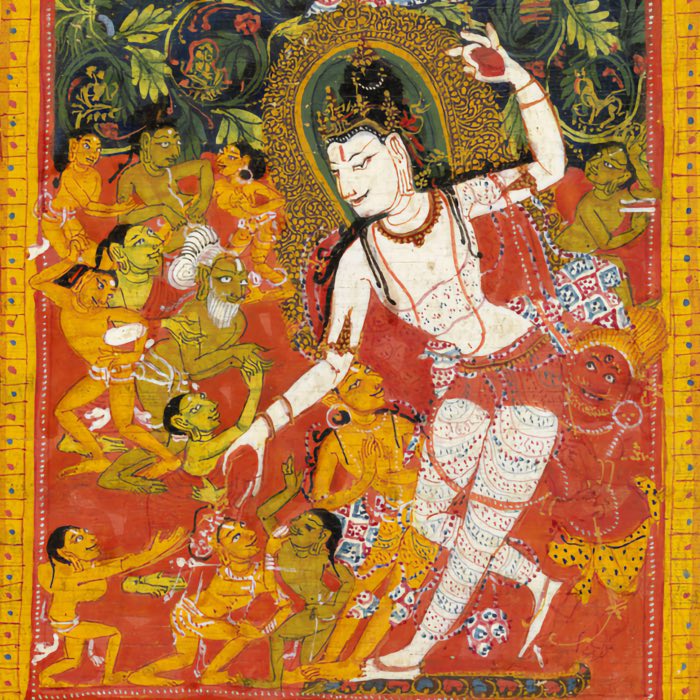
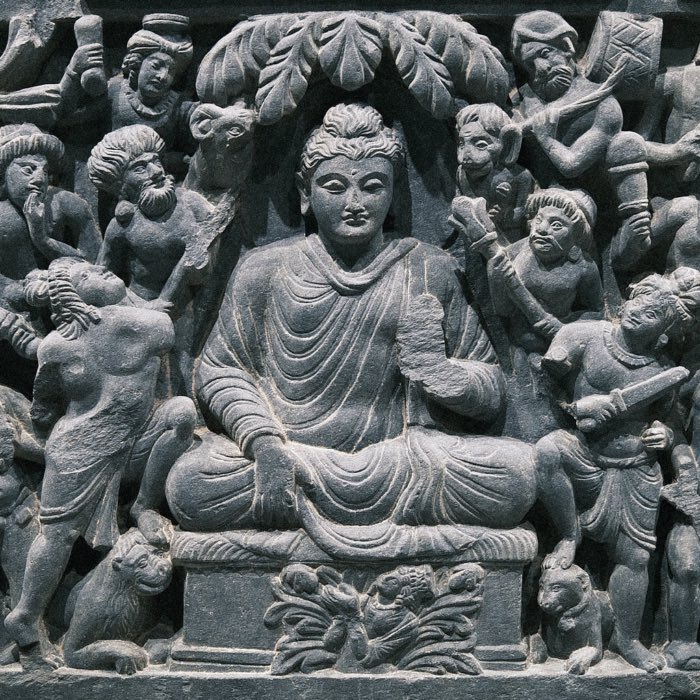

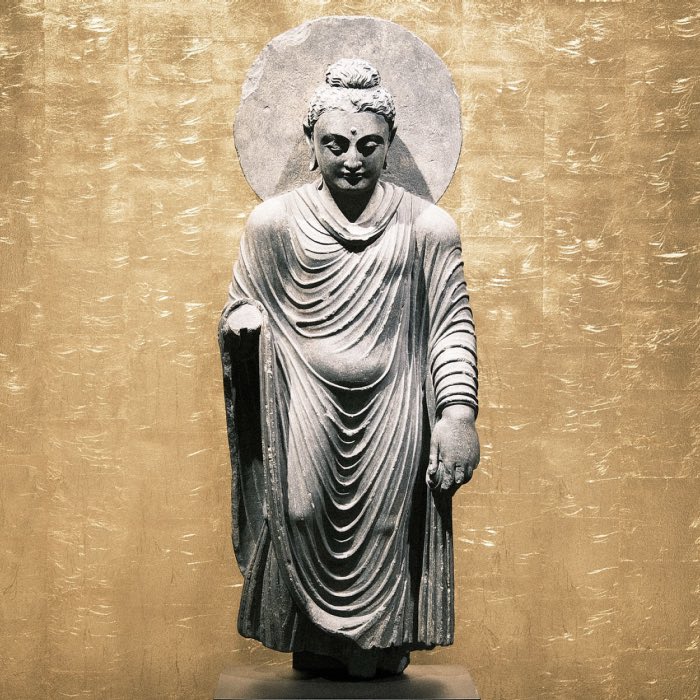
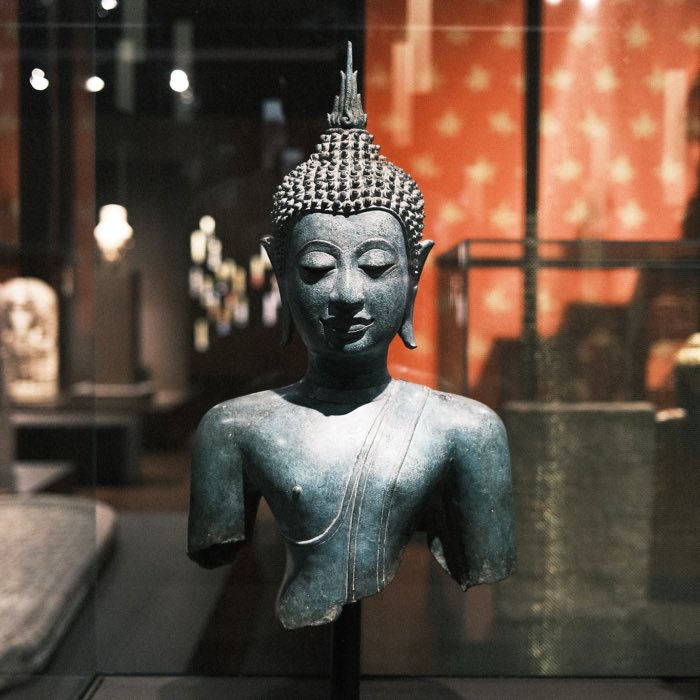
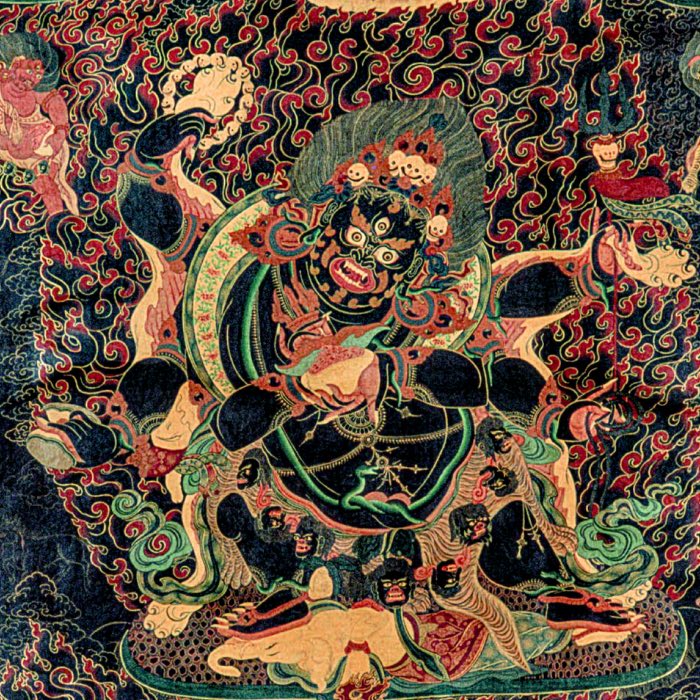
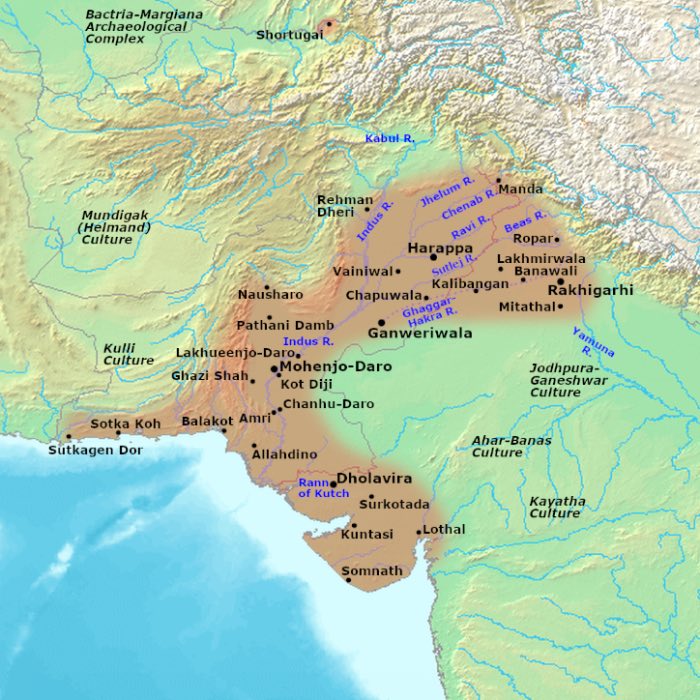
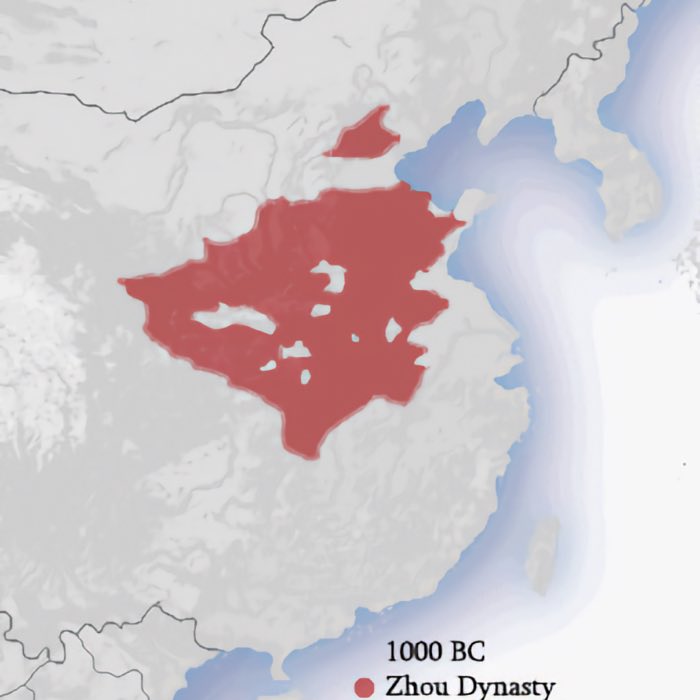
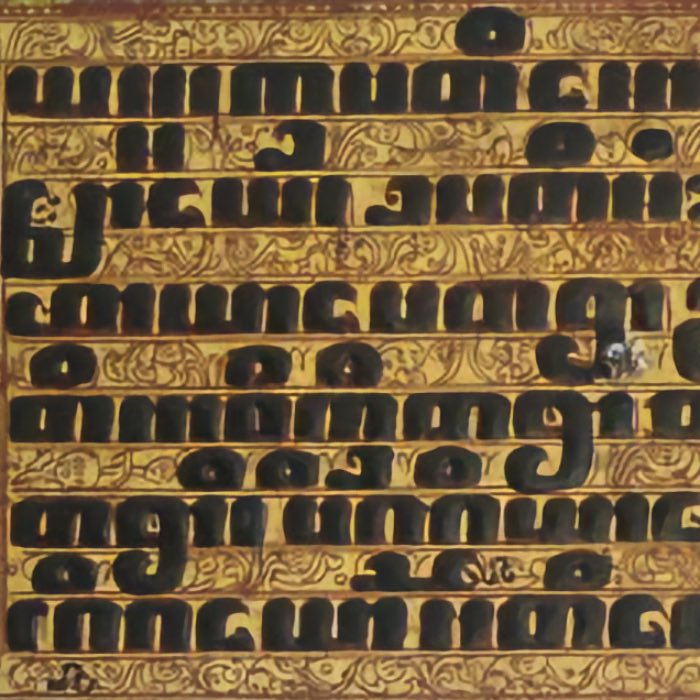
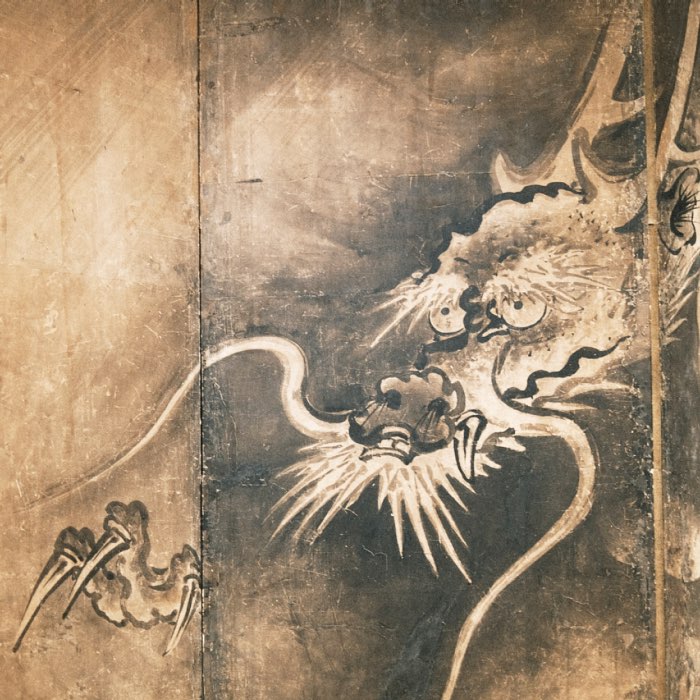
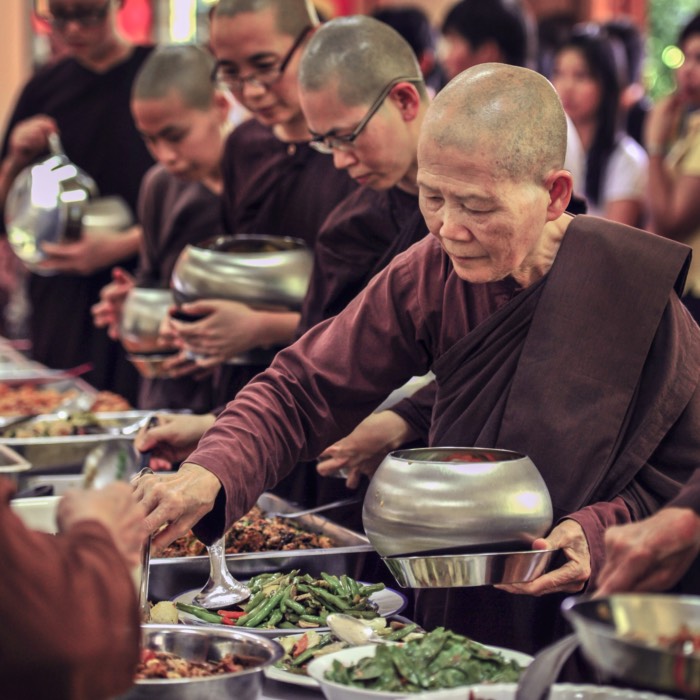
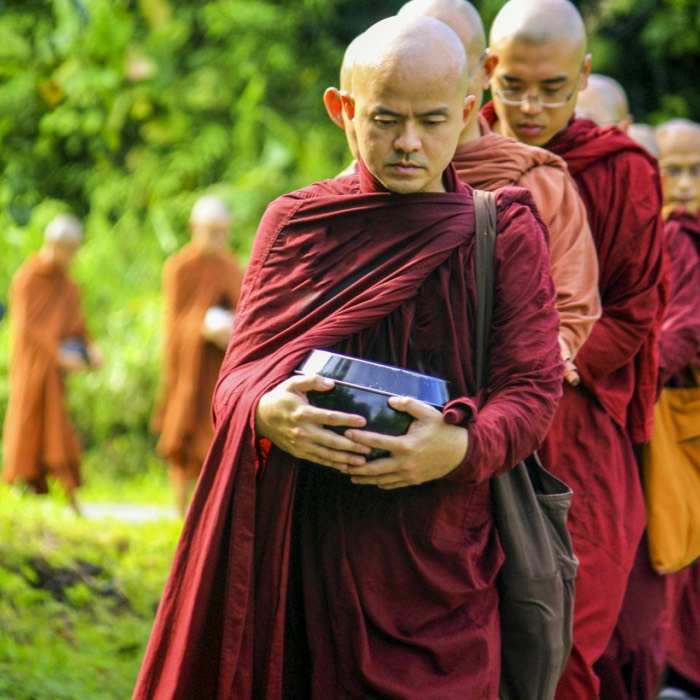
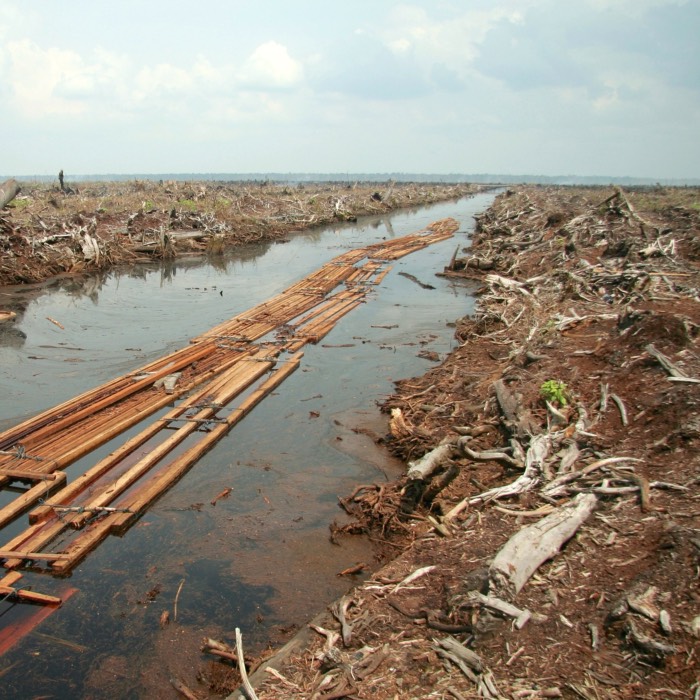


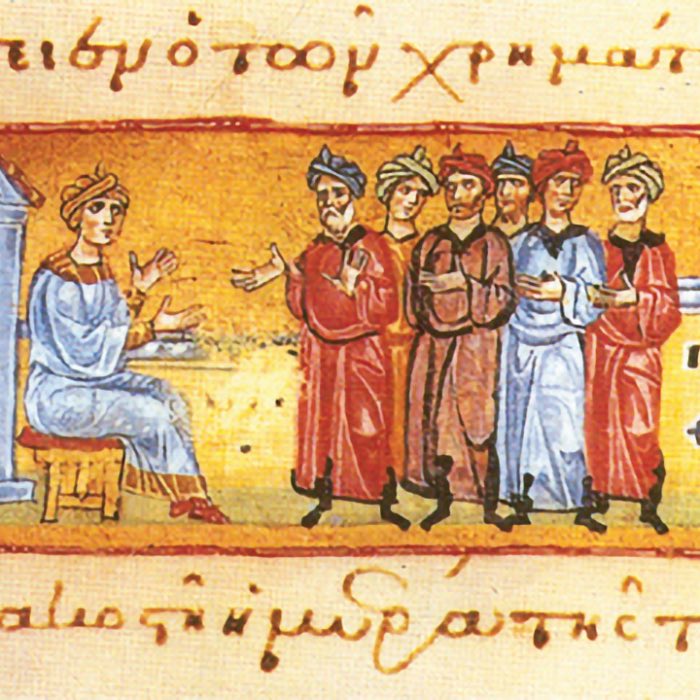
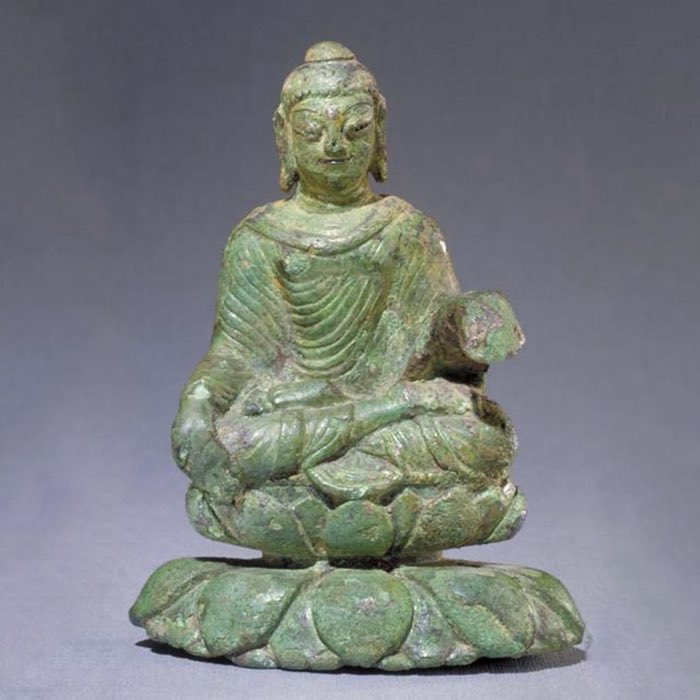

comments